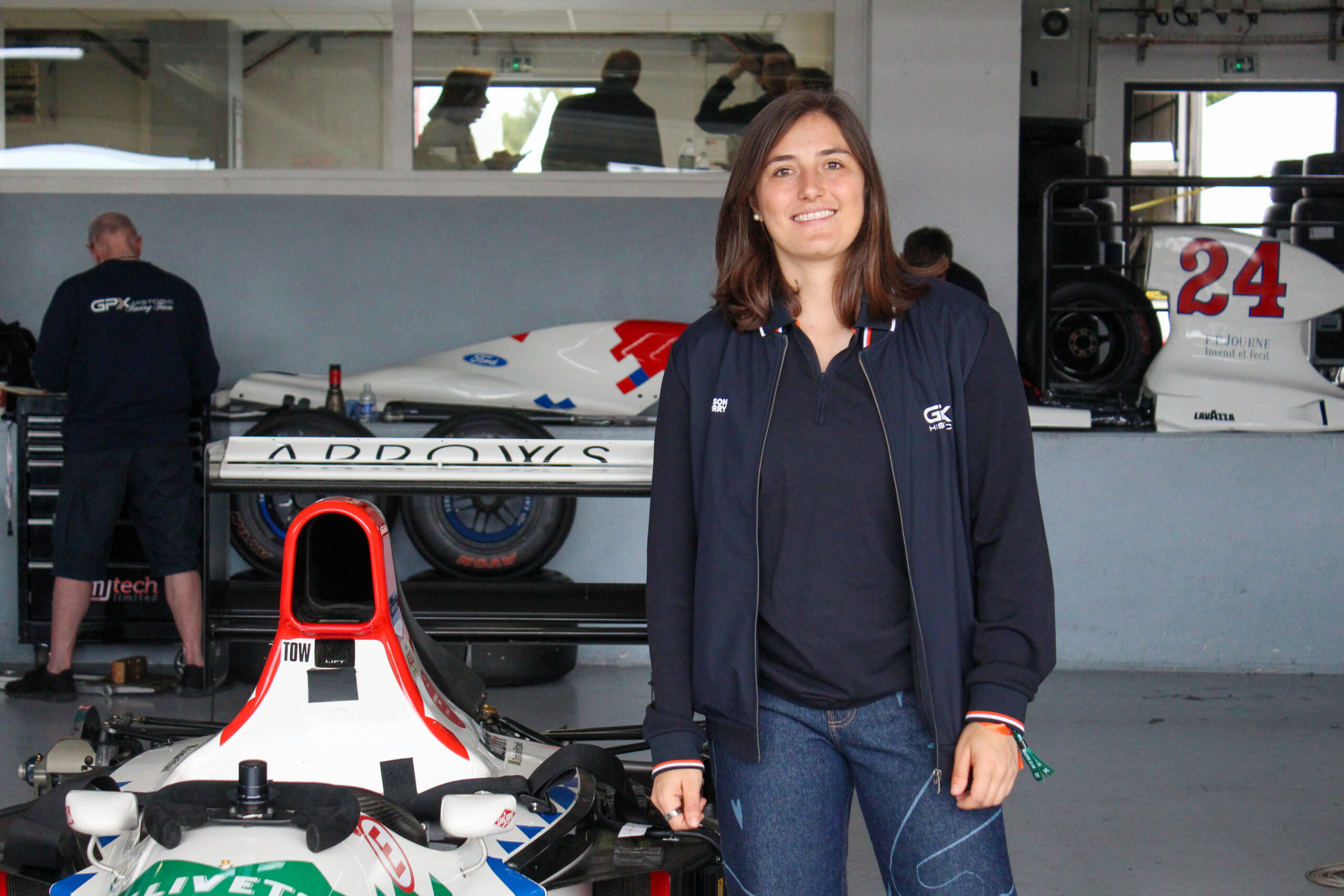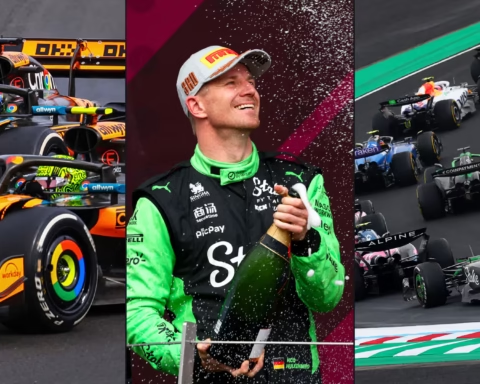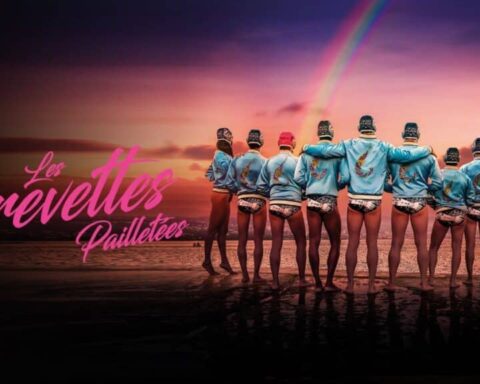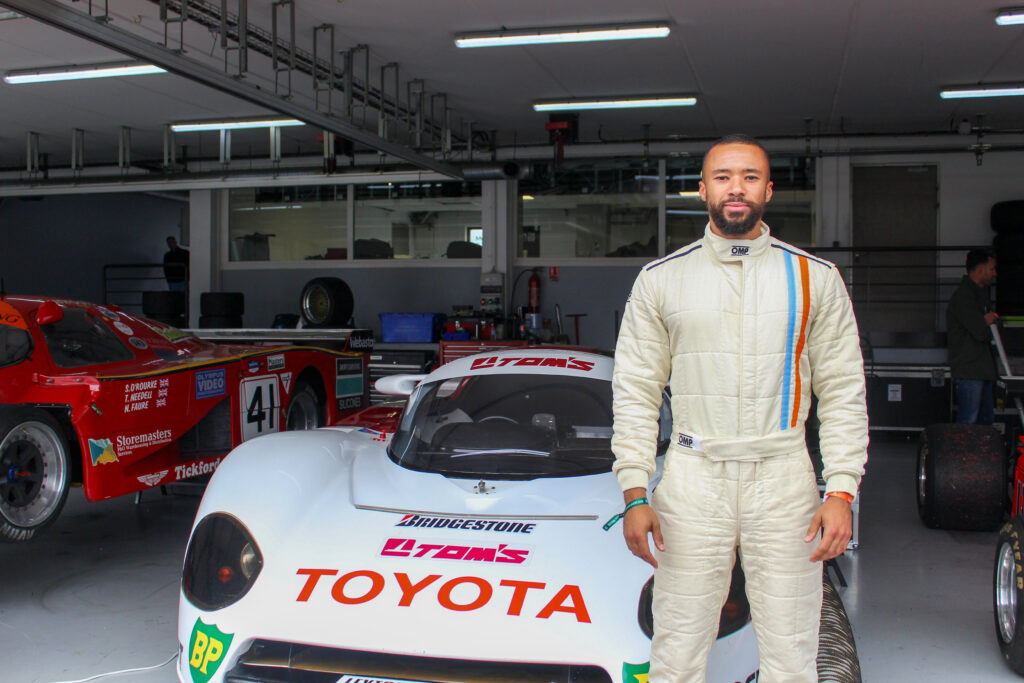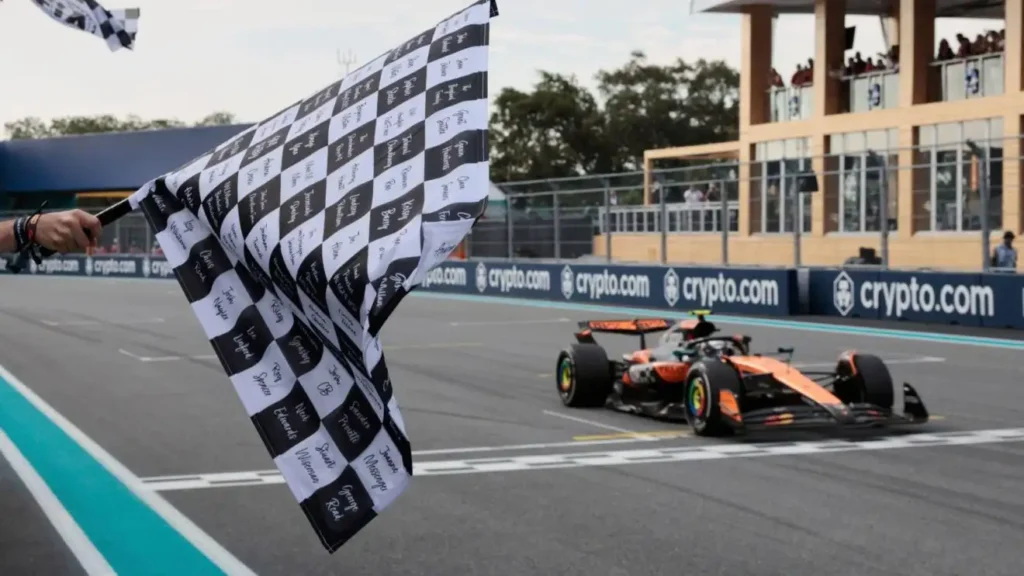In the high-octane world of motorsports, where horsepower meets human endurance and milliseconds define greatness, one name has steadily carved a path unlike any other—Tatiana Calderón. From the streets of Bogotá to the international circuits of Formula 2, Super Formula, IndyCar, and the IMSA SportsCar Championship, Calderón has broken barriers and rewritten the script for women in racing. Asteria Magazine had the extraordinary honor of sitting down with this pioneering athlete whose journey is as inspiring as it is historic.
Early Passion, Relentless Drive
Tatiana Calderón’s story began in Bogotá, Colombia, where her fascination with cars was almost predestined. Born into a family of car dealers, her introduction to racing came early—first through the lens of family interest, and soon through sheer personal passion. At just nine years old, she began go-karting, and it didn’t take long for her competitive fire to emerge. Facing regular sabotage from male counterparts who resented her presence on the track, Calderón responded not with retreat, but with resilience, using every bump and block as fuel to accelerate her ambitions.
Her karting career was groundbreaking. She became the first woman to win national karting championships in Colombia and the United States. These milestones were not simply victories on the track—they were statements of intent in a male-dominated arena.
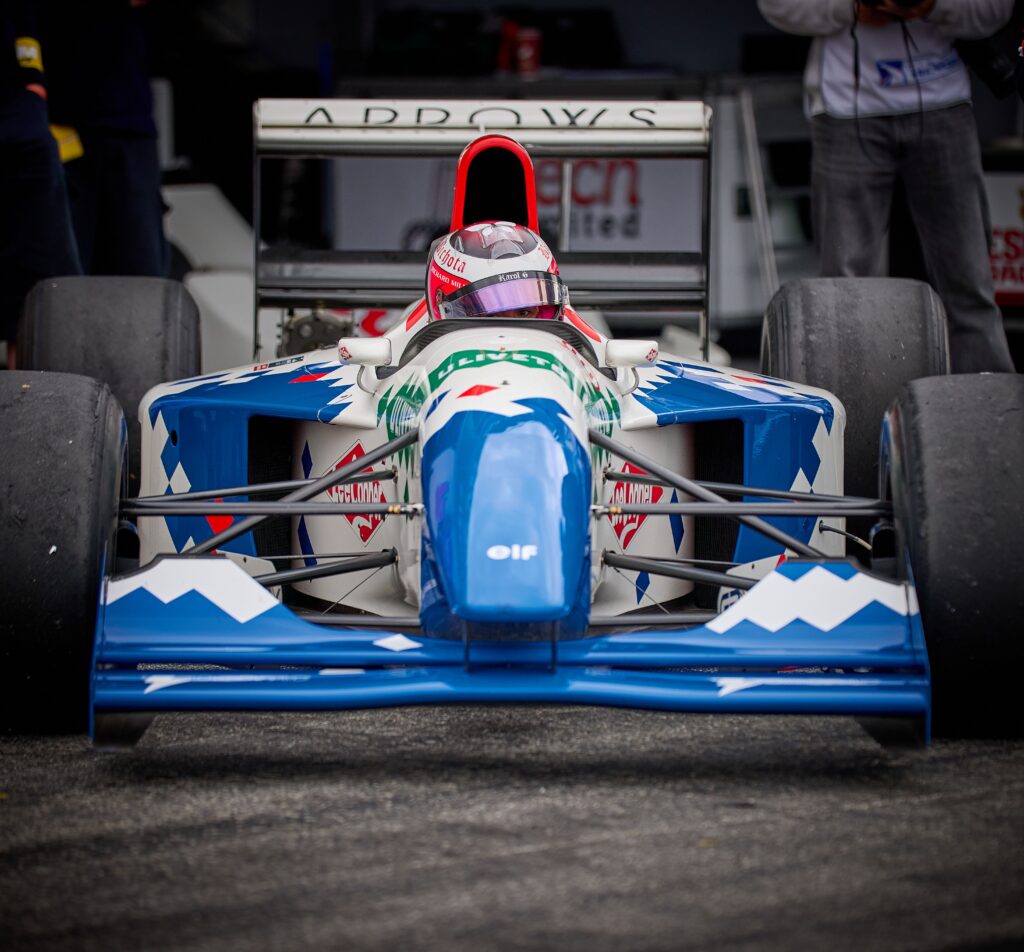
Breaking New Ground, Lap by Lap
Calderón’s ascent through the junior ranks was marked by consistent firsts for women. She was the first woman to reach the podium in British Formula 3 and to lead a lap in the FIA Formula 3 European Championship. Her transition to top-tier competition included stints in GP3, Formula 2, and Super Formula—each presenting its own technical challenges and steep learning curves, which she navigated with exceptional perseverance.
In 2019, she became the first woman to race in the modern FIA Formula 2 Championship and to lead a lap in that series—an achievement that underscored her technical skill and strategic racecraft. This milestone came after years of developmental work, including her role as a test and development driver for Sauber/Alfa Romeo in Formula One, where she became the first Latin American woman to drive a modern F1 car.
Her motorsport résumé has since expanded to include endurance events such as the 24 Hours of Le Mans and the IMSA SportsCar Championship, where she currently competes with Gradient Racing. Her versatility across race disciplines—from sprint formats to grueling endurance marathons—is a testament to her adaptability and commitment to continual evolution.
A Pioneer for Women in Motorsport
What sets Tatiana Calderón apart isn’t just her ability behind the wheel—it’s her unyielding role as a trailblazer for women in one of the most male-centric sports in the world. In a field where opportunities for female drivers remain scarce, Calderón has consistently challenged the status quo.
While her on-track achievements are impressive, the true weight of her legacy lies in how she has shifted perceptions and opened doors. Calderón has spoken openly about the unique challenges faced by women in racing—from biased sponsorship dynamics to lack of representation—and has become an articulate advocate for greater inclusivity in motorsport. Her collaboration with all-female teams in endurance racing, such as Richard Mille Racing, has further emphasized the importance of creating pathways for women to compete at the highest levels.
Her career, marked not only by talent but tenacity, shows that with the right mix of skill, perseverance, and support, gender is no barrier to success on the global motorsport stage.

An Asteria Exclusive : An Interview That Inspired
Interviewing Tatiana Calderón was more than a feature opportunity—it was a moment of deep reflection for Asteria Magazine. Her eloquence, humility, and clarity of purpose left a lasting impression on our editorial team. It’s not every day that one encounters someone who has simultaneously made history and is still writing it.
Her openness in sharing her struggles, from navigating high-performance vehicles to facing cultural skepticism, offered rare insights into the lived experience of being a woman in elite racing. And yet, Calderón carries these experiences not as burdens, but as badges of honor—proof that change is not only possible but already in motion.
For Asteria, featuring Tatiana was more than a privilege—it was a reaffirmation of why we tell the stories we do. She embodies everything we celebrate: courage, trailblazing ambition, and the unshakable belief that tomorrow can look different from today.
Looking Ahead
Tatiana Calderón continues to race forward, both literally and symbolically. Whether navigating the demanding corners of the IMSA SportsCar Championship or mentoring the next generation of drivers, she remains a vital force in motorsports. Her journey serves as a roadmap for young girls across the globe who dream not just of driving fast, but of changing the world one lap at a time.
Asteria Magazine is proud to spotlight Tatiana Calderón—a racing prodigy, a relentless pioneer, and a living inspiration. Her story is not just about motorsport; it’s about the power of resilience, the breaking of barriers, and the limitless possibilities of belief in oneself. The following interview was made at the Grand Prix Historique de France in Le Castelet where Tatiana was demoing historic cars.

Atanaria: How does it feel to be racing here at the Grand Prix Historique de France?
Tatiana Calderón: Well, it’s a real honor for me to be surrounded by these incredible cars, the sound, the legends, and the atmosphere here in France. People are so passionate about this event. It’s my first time experiencing it, and I hope it won’t be the last. It’s been very, very enjoyable.
Atanaria: Can you tell us about the cars you’ve been racing this weekend?
Tatiana Calderón: I got lucky—and a bit unlucky at the same time. I was supposed to race the 1975 Maki F101, but unfortunately, after a few practice laps, the engine blew up. So I thought, “Okay, maybe I’m not driving anymore.” But then I got a demo run this morning in the Arrows 1994 car. So in the end, I got to drive not just one, but cars from two different generations. Experiencing the differences was incredible. I’m very thankful to the organizers—driving these cars just puts a huge smile on my face.
Atanaria: You’ve competed in F2 and F3 against many of today’s top F1 drivers and served as an F1 development driver. With the F1 Academy running now, how do you see the future of women in motorsport?
Tatiana Calderón: I think it’s a two-stage journey. The first stage is increasing participation—getting more women into the lower categories so that one day we can have more competing at the top. The F1 Academy has really helped by bringing visibility and encouraging young girls to dream.
But the second stage is more critical. We’re not here just to participate—we want to win. We want to compete with the best, regardless of gender. That requires continued investment, beyond just creating separate categories. There are still many barriers—structural, financial, and cultural. I’ve lived through many of them. You need support from sponsors, teams, and manufacturers to create real opportunities. I’m hopeful, but also realistic—it’s going to take time.


Atanaria: Was it hard for you, as the first Colombian woman to make a mark in karting and climb the racing ladder? Did it require a lot more effort than what men typically face?
Tatiana Calderón: Yes, unfortunately. I would’ve loved to say that we were treated the same, but as you grow, you begin to see the barriers. Coming from Colombia, I had to leave my home and move to Europe and the U.S. to earn respect. Financial support was also very hard to come by—it’s a different market.
And women—we are different. People say the sport treats us equally, but we’re not the same. The way we train, sit in the car, feel the car—our strategy and vision—they’re all different. Early on, I stayed quiet about it to fit in. But over time, I realized if we don’t advocate for these differences, we can’t perform at our best. Changing decades-old systems is tough, but I’ve been lucky with opportunities, and I hope my voice helps the next generation.
Atanaria: You recently did some Formula E testing in Jeddah. How was that experience, and how did the car feel?
Tatiana Calderón: It was really interesting! Driving an electric car is very different, especially with the braking and the sound—or lack of it. The last time I tested was with the Gen2 car, and now the Gen3’s acceleration is incredible. Formula E has really progressed, and I think they’re making a strong effort to support women in motorsport—giving us track time and testing opportunities. I recently tested for Maserati, and I hope to do more of that.
Atanaria: Can you tell us about your book and the initiatives you’ve launched to encourage diversity and inspire kids of all genders?
Tatiana Calderón: About three years ago, I launched a children’s book called The Girl Quicker Than the Wind. It shares some of the challenges I’ve faced in a world that often tells you that you don’t belong—but there’s no real reason why you shouldn’t.
With the funds from the book, we created an educational program in Colombia aimed at breaking gender stereotypes. When I was growing up, it was just my sister and me karting. Last year, I went to the track and saw 11 girls karting—all with my book in hand. That meant a lot.
We’re also working with universities to study the physical and cognitive differences between men and women, to help integrate those insights into car design. For instance, Formula 2 and 3 have started incorporating female measurements. I want to make sure our experiences as women drivers aren’t lost, but rather used to support those who come next.
Atanaria: What projects and racing events are coming up for you?
Tatiana Calderón: I’m currently racing in the IMSA SportsCar Championship, in a Ford Mustang GT3 under the GTD category—but just for the endurance rounds. So far, I’ve done the Daytona 24 and the 12 Hours of Sebring. Coming up are Watkins Glen, Le Mans, and Indianapolis. I also hope to do more historic racing and maybe even some single-seaters again later this year. Right now, I’m just trying to gain visibility and keep doing what I love.
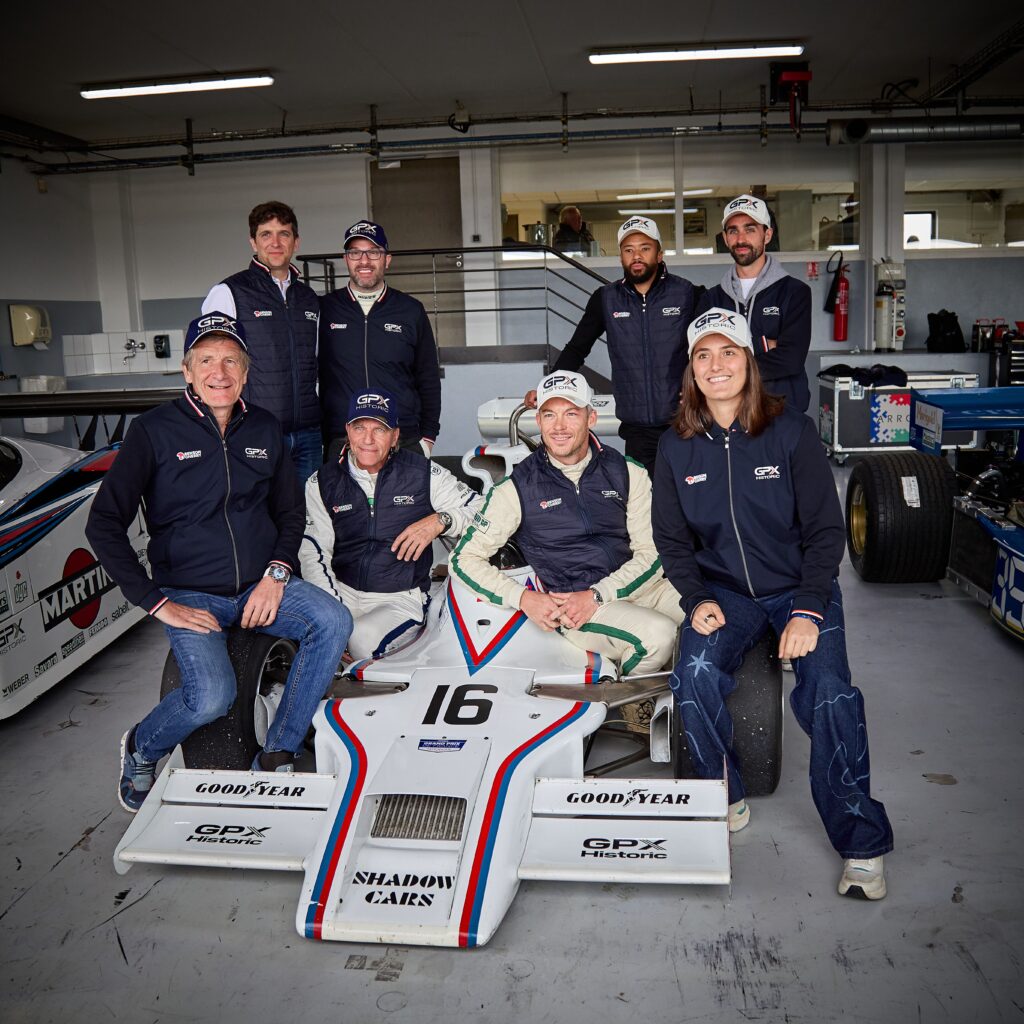
Atanaria: Looking back at your incredible career, what are some of your most memorable moments—and your favorite track?
Tatiana Calderón: Le Mans is definitely my favorite race. It’s just magical. The first time I raced there with the Richard Mille Racing Team, we had an all-female lineup. I started and finished the race—and we placed in the top 10. That was incredible.
Driving a Formula 1 car for the first time was another emotional milestone. I did that in Mexico, which is also special to me for that reason. And my time in IndyCar, though short, was very powerful. I hope I can return and one day race in the Indy 500—it’s still on my list!
Atanaria: One last question—I’m a big coffee fan, and I know you are too! What’s your favorite kind?
Tatiana Calderón: Yes, I just launched a coffee collaboration with a farm! My favorite is the honey-processed variety. It’s sweet but not too bitter. I love high-altitude Colombian coffee, and I usually prepare it with a V60—that’s my favorite method. Nothing beats it!
Atanaria: Thank you so much, Tatiana. That was amazing.
Tatiana Calderón: Thank you! Happy to chat anytime.
